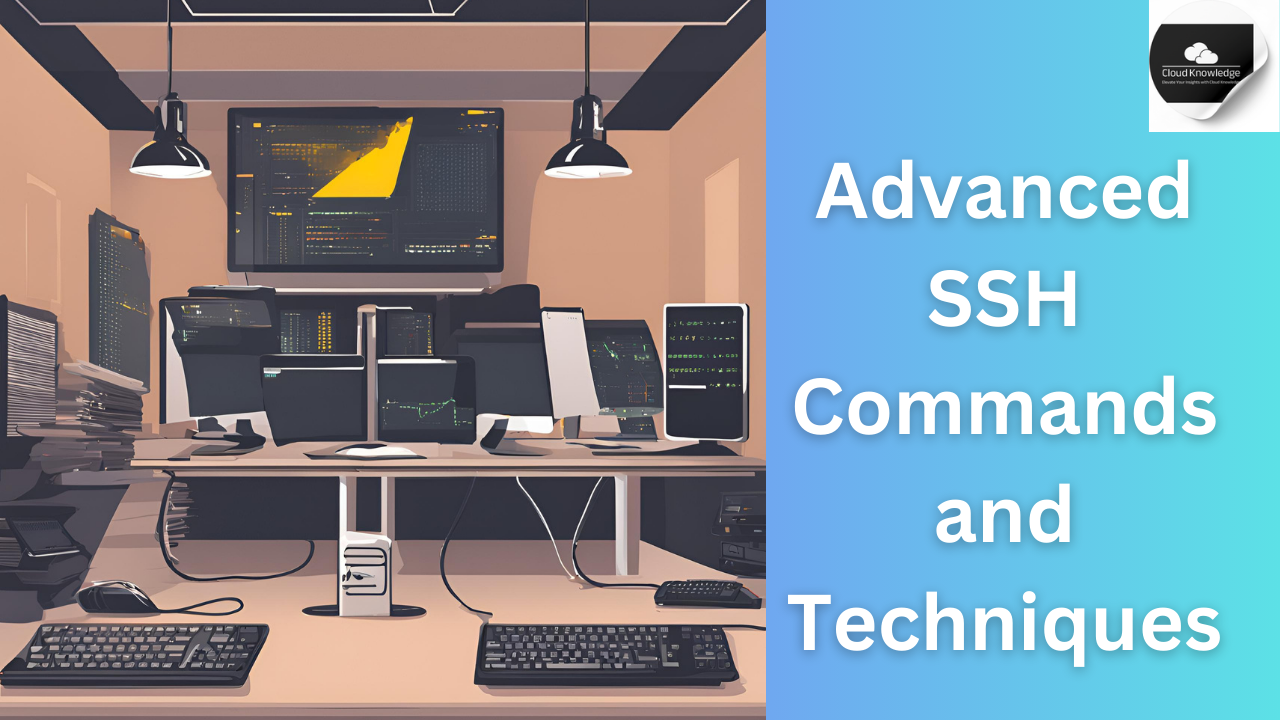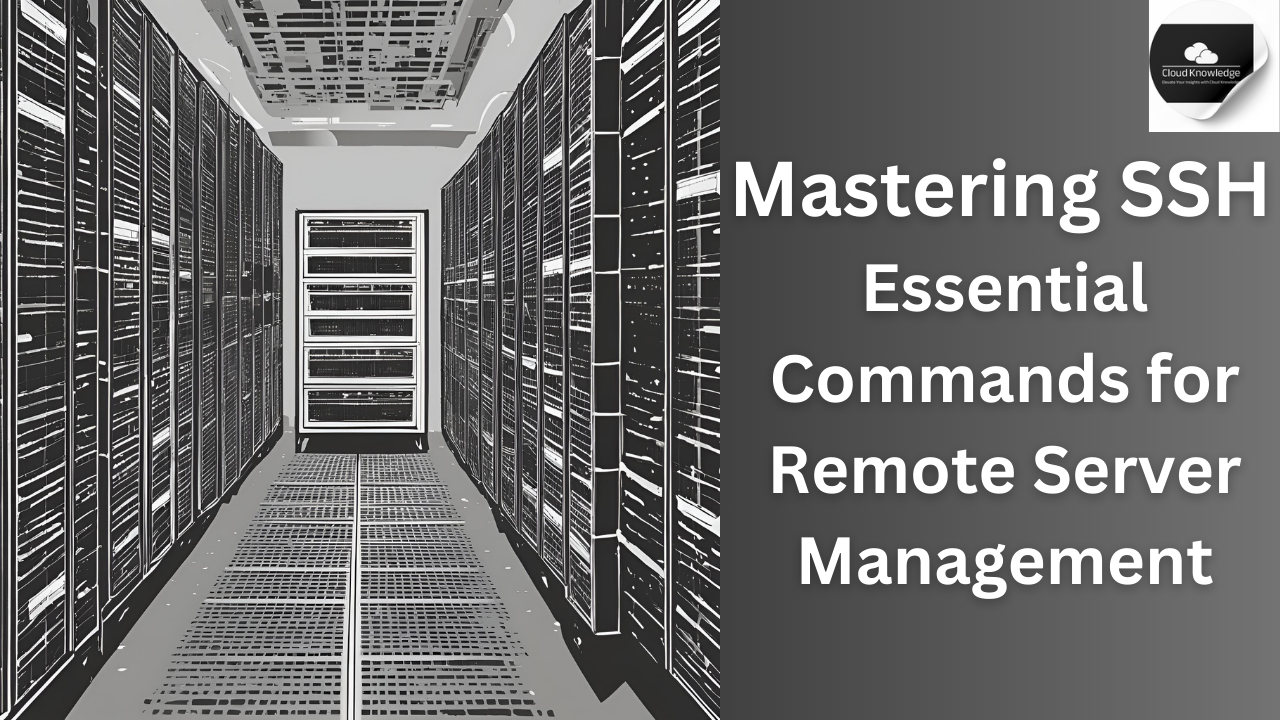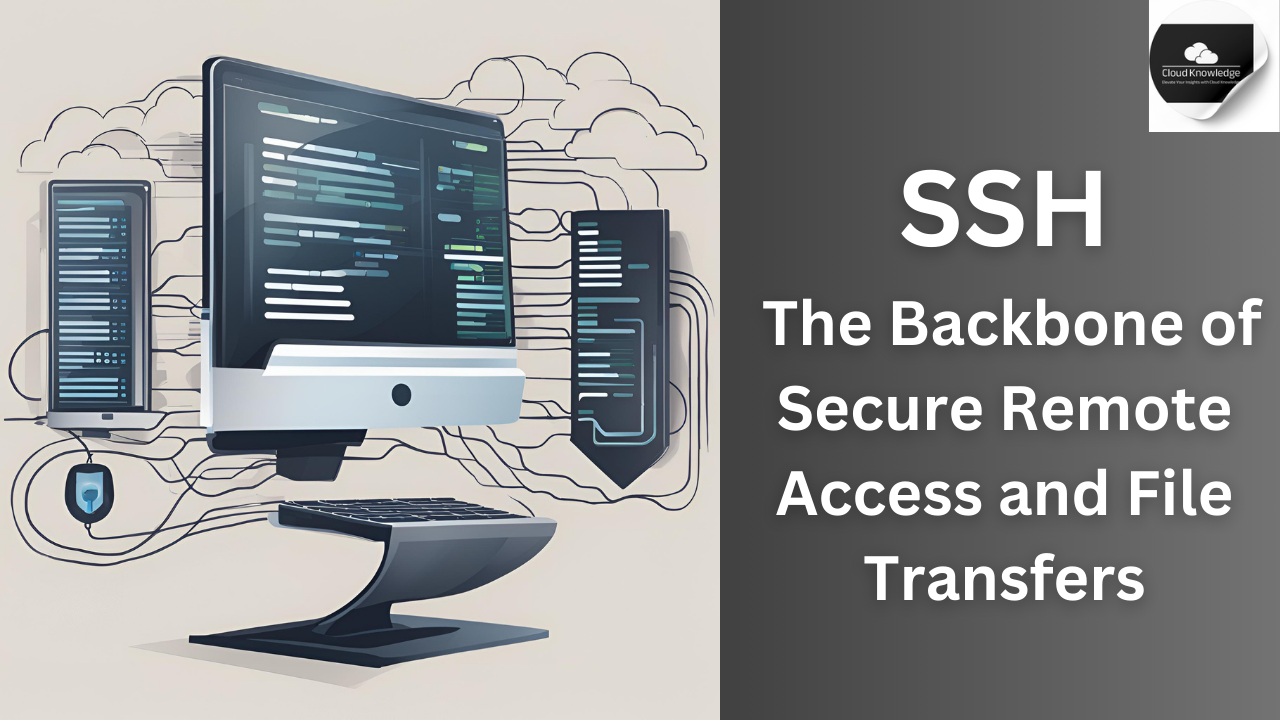Wildcards in Linux Commands
Linux commands allow for the use of wildcards to simplify tasks and match patterns effectively.
Wildcard *: Matches zero or more characters.
$ ls bear*
bears bears7 bears_chicago
$ ls *bear*
bears bears7 bears_chicago polarbears
Wildcard ?: Matches exactly one character.
$ ls bears?
bears7
Special Keys for Efficiency
Tab Key: Enables command auto-completion, saving time and reducing errors.
Arrow Keys:
Move horizontally to edit commands.
Navigate vertically through the command history.
Command Line Editing with Ctrl and ESC
Ctrl-C: Abort the current process and return to the prompt.
Ctrl-a: Move to the beginning of the line.
Ctrl-e: Move to the end of the line.
ESC Key: Often used to exit a stuck process or editing mode.
Identifying File Types with file
The file command helps determine file types such as text, executable, PDF, or directories.
$ file read-write.txt
$ file world.exe
$ file examples
$ file Linux_slides.pdf
Viewing and Printing Text: cat and echo
cat: Displays file contents.
$ cat bears
$ cat bears7
$ cat bears bears7
echo: Outputs text to the terminal or writes it to a file.
$ echo ‘Hello World!’
$ echo “Welcome, $USER” > welcome.txt
$ echo “Welcome, $USER” > welcome.txt
Redirect Output (>): Overwrites existing file content.
$ echo ‘Hi there!’ > greeting.txt
$ cat bears > teddybears
Append Output (>>): Adds content to an existing file.
$ echo ‘Hi yourself!’ >> greeting.txt
$ cat bears >> greeting.txt
Exercise: Using cat and echo
cat and echoView file contents using cat:
$ cat lions
$ cat tigers
$ cat bears
Combine multiple files into one:
$ cat lions tigers > animals
$ cat bears >> animals
$ cat animals
Use echo to create and modify files:
$ echo ‘My name is Chris’ > myname.txt
$ echo “Hello $USER” >> myname.txt
$ cat myname.txt
Conclusion
Mastering these fundamental Linux commands and features enables efficient navigation, file management, and productivity on the command line. Whether you’re redirecting output, using wildcards, or understanding file types, these tips ensure a smooth Linux experience.
Linux, Command Line, Wildcards, Tab Key, Arrow Keys, Ctrl-C, ESC, cat command, echo command, Redirect Output, Append Output, Linux Basics, File Types, File Management, Command History, Command Editing, Automation, Productivity, Linux Files, Linux Navigation, Terminal Commands, Shell Scripting, Linux Exercises, Text Display, File Redirection, Bash Commands, Pattern Matching, Command Completion, Keyboard Shortcuts, Linux Prompt, Command Efficiency, User Environment, File Types Identification, Input Output Redirection, Command Examples, Text Manipulation, Echo Examples, Cat Examples, Linux User Guide, Linux Command Tips, Linux Tools, Linux Features, Terminal Efficiency, Command Tutorials, Linux Tricks, File Viewing, File Combining, Command Practice, Linux File Editing, Command Line Basics, Advanced Linux Commands, Linux File Operations, Linux Help, Linux System, Linux Shell, Unix Commands, Command Shortcuts, File Handling, Beginner Linux, Linux Pro Tips, Linux File Exploration, Linux How-To, CLI, File Testing, File Attributes, Linux Documentation, Terminal Guide, Command Syntax, Practical Linux, Linux Power User, Linux Efficiency, Linux Keyboard Shortcuts, Linux Workflow, Command Mastery, Linux Beginners Guide, Command Line Power, Linux Terminal Tips, Linux Insights, Advanced Bash, Command Line Utility, Linux Expertise, Terminal Hacks.













Leave a Reply